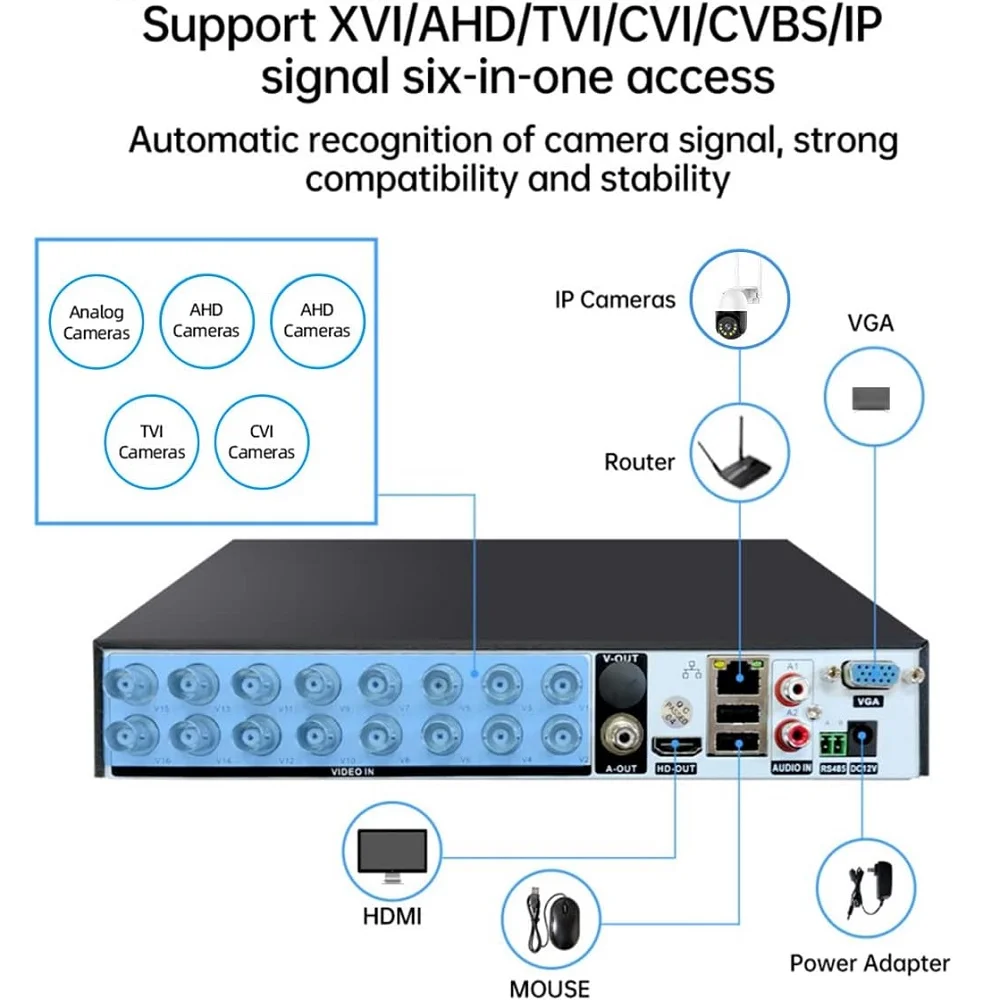Post Preview
Table of Contents
- Introduction to Data Cabling
- Emerging Trends in Data Cabling
- Innovative Data Cabling Technologies
- Best Practices for Data Cabling Installation
- Challenges in Data Cabling
- Future Outlook
- Conclusion
Data cabling’s future hinges on emerging trends, technologies, and best practices. With advancements like fiber optics and high-speed Ethernet, robust connectivity supports evolving demands. Implementing structured cabling ensures scalability and reliability, enabling businesses to adapt to technological shifts effectively. Staying abreast of these developments is crucial for future-proofing infrastructure.
Introduction to Data Cabling
Data cabling forms the backbone of modern communication systems. As businesses and homes increasingly rely on rapid data transmission, understanding data cabling is essential for efficient network performance. Whether large-scale commercial installations or specialized services like structured cabling San Francisco, reliable data cabling solutions are foundational to modern connectivity.
Data cabling ensures the seamless transfer of information between computers, servers, and other network devices. The physical infrastructure supports technology-driven environments, enabling smooth communication and operations across various sectors. This crucial network backbone is essential for day-to-day operations in industries ranging from technology and finance to education and healthcare. Understanding the intricacies of data cabling helps optimize network performance, enhance reliability, and future-proof infrastructures against technological advancements.
Emerging Trends in Data Cabling
Several trends are shaping the future of data cabling. One significant trend is the shift towards fiber optics, which offer higher speeds and more excellent reliability than traditional copper cables. As businesses demand faster data transfer rates and enhanced bandwidth, fiber optics provides a viable solution for high-performance network needs. According to Computer World, fiber optic broadband will dominate the telecommunications market in the coming years.
Additionally, the trend toward remote work has pushed for enhanced home networking solutions. With more people working from home, there is an increasing need for robust, high-speed internet connections. Advancements in Wi-Fi technology and the proliferation of smart home devices further underscore the need for efficient cabling solutions. Moreover, sustainable practices are gaining traction, focusing on eco-friendly materials and energy-efficient design in cabling systems.
Innovative Data Cabling Technologies
Technological advancements continually improve data cabling. Innovations like Cat8 cables and Power over Ethernet (PoE) are revolutionizing network infrastructures. These technologies support faster data transfer and power various devices simultaneously, reflecting a significant leap forward in network capabilities. The TechRadar review on Cat8 cables highlights their efficiency in modern networks.
Cat8 Cables
Category 8 (Cat8) cables are the latest additions to Ethernet cabling, designed to handle high-speed data transfer demands. They can support bandwidths up to 2,000 MHz, making them suitable for data centers and high-performance computing networks. Cat8 cables offer superior performance with reduced latency and higher frequencies, allowing uninterrupted data transmission over longer distances. Their shielding properties also minimize interference, ensuring stable and reliable connections essential for data-intensive applications.
Power over Ethernet (PoE)
Power over Ethernet (PoE) technology integrates data and power delivery into a single cable. This makes network deployments easier and eliminates the need for separate power supplies. PoE benefits devices like IP cameras, VoIP phones, and wireless access points, enabling more accessible and flexible deployments. PoE technology minimizes the clutter caused by multiple cables and enhances network infrastructures’ scalability, allowing for the seamless addition of new devices without extensive rewiring.
Best Practices for Data Cabling Installation
To ensure optimal performance, follow these best practices:
- Plan the layout meticulously to avoid future issues.
- Choose high-quality cables that meet industry standards.
- Label all wires and connections clearly.
- Implement structured cabling for scalability.
- Regularly maintain and check the network.
Planning and Layout
Effective planning is the cornerstone of successful data cabling installation. Consider future expansion needs and potential obstacles to ensure the cabling infrastructure remains adaptable. Detailed planning helps prevent costly mistakes and ensures the network can accommodate growth and technological changes. For instance, anticipating additional data points or higher bandwidth requirements can save time and resources.
Quality and Standards
Reliability and longevity are ensured by high-quality cables that meet or surpass industry standards. Inferior wires can lead to signal degradation and frequent maintenance issues. Investing in top-tier materials and components is crucial for building a robust network that can withstand the demands of modern data transmission. Adhering to established standards, such as those set by the Telecommunications Industry Association (TIA), guarantees compatibility and optimal performance across different systems and devices.
Labeling and Documentation
Clear labeling and thorough documentation simplify troubleshooting and maintenance. This practice helps quickly identify specific cables and connections, reducing downtime during repairs or upgrades. Proper labeling facilitates easier network management, allowing technicians to trace and resolve issues without significant disruption. Keeping accurate records of the cabling layout and configurations is essential for ensuring a well-organized and efficient network infrastructure.
Challenges in Data Cabling
Despite advances, challenges persist. Common issues include signal interference, physical damage to cables, and evolving industry standards that necessitate frequent upgrades. Addressing these challenges requires continuous learning and adaptation. Staying updated with the latest developments in cabling technology and industry best practices helps mitigate risks and ensure a resilient network infrastructure.
Signal Interference
Electromagnetic interference (EMI) can disrupt data transmission, leading to slower speeds and packet loss. Shielded cables and proper routing can mitigate these issues. Maintaining adequate separation between data cables and sources of EMI, such as electrical wiring, is crucial for preserving signal integrity. Advanced technologies like Cat8 cables, which come with superior shielding, minimize interference risk.
Physical Damage
Cables are susceptible to wear and tear, especially in high-traffic areas. Regular inspections and protective conduits help preserve the integrity of the cabling system. Protecting cables from external damage, such as cuts, abrasions, or environmental factors, prolongs their lifespan and maintains optimal performance. Implementing proper cable management techniques, such as cable trays and organizers, also reduces the likelihood of physical damage and enhances the overall aesthetics and functionality of the network setup.
Future Outlook
The future of data cabling looks promising with ongoing innovations and increasing demand. With the rise in smart devices and IoT technology, robust cabling systems will be critical. Research and development expenditures should produce even more sophisticated cabling solutions that meet changing customer and corporate needs.
Smart Devices and IoT
The proliferation of smart devices and IoT technologies requires equally innovative cabling solutions. Networks must handle vast amounts of data from various sources, necessitating advanced cabling infrastructure. As homes and businesses integrate more connected devices, the demand for reliable, high-bandwidth cabling systems will continue to grow. Future-ready cabling solutions will need to support the seamless operation of these devices, enabling efficient communication and data exchange in increasingly complex network environments.
Research and Development
Continuous R&D investments are essential for staying ahead in the data-cabling industry. New materials, technologies, and methodologies promise to enhance the performance and efficiency of cabling systems. Innovations such as bend-insensitive fiber optics, modular plug termination, and advanced signal processing techniques pave the way for more resilient and adaptable cabling solutions. Embracing these advancements ensures that network infrastructures meet future demands and technological shifts.
Conclusion
Data cabling is fundamental to modern communication networks. Future-proofing a network infrastructure can be achieved by following best practices, addressing obstacles, and keeping up with new developments in trends and technology. This proactive approach not only optimizes current operations but also prepares networks for the rapid advancements and growing connectivity needs that lie ahead.





Be First to Comment